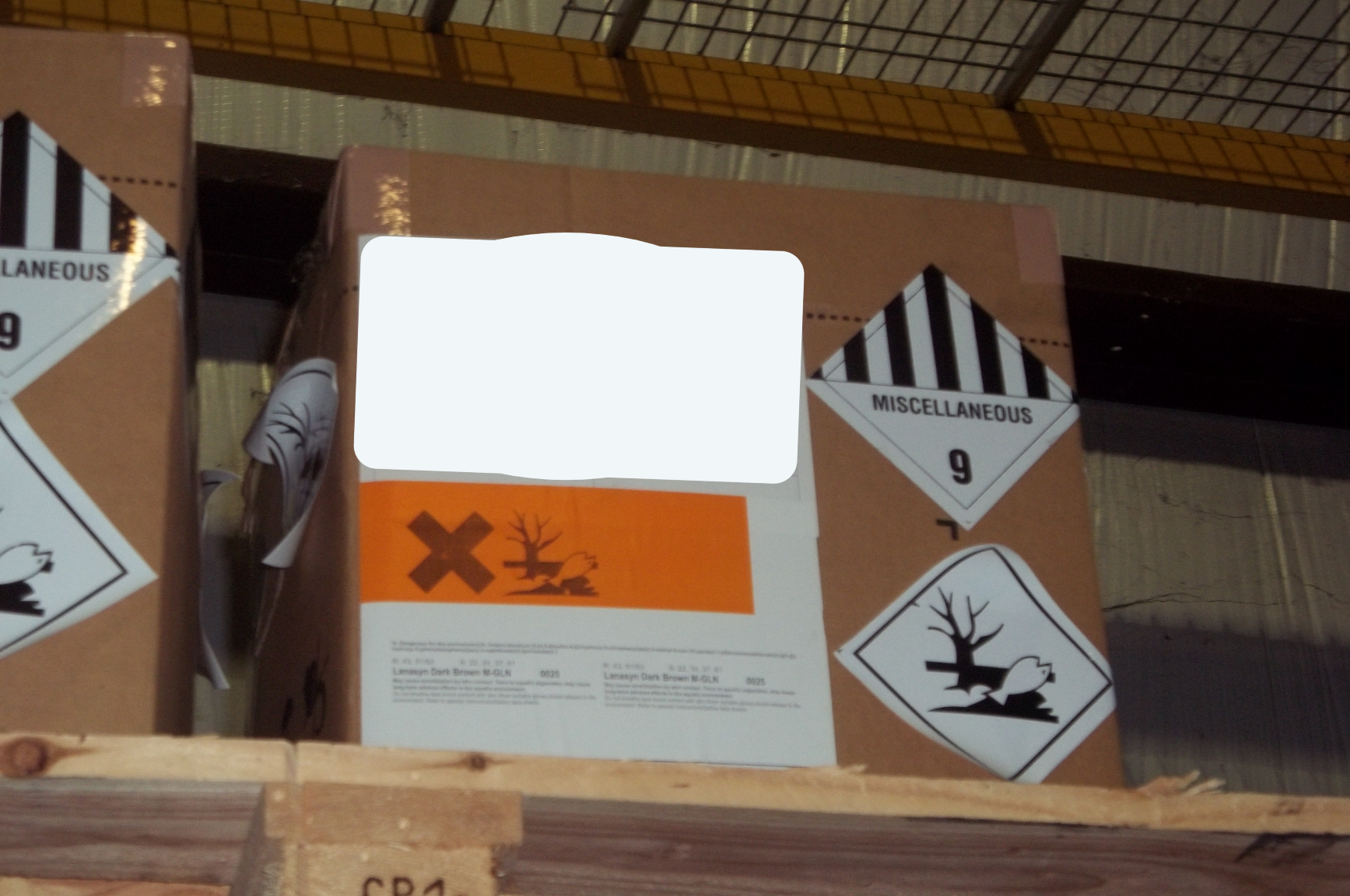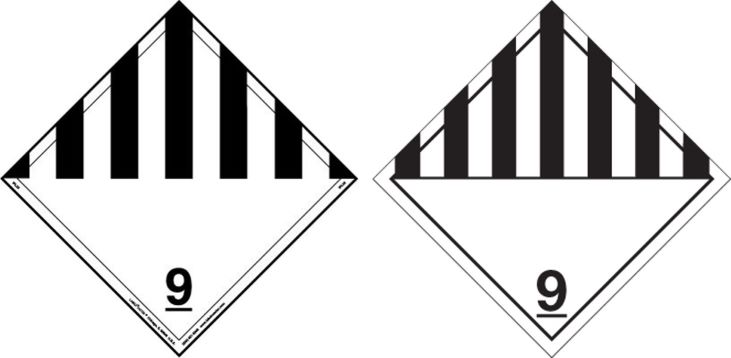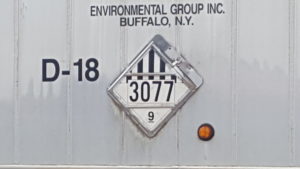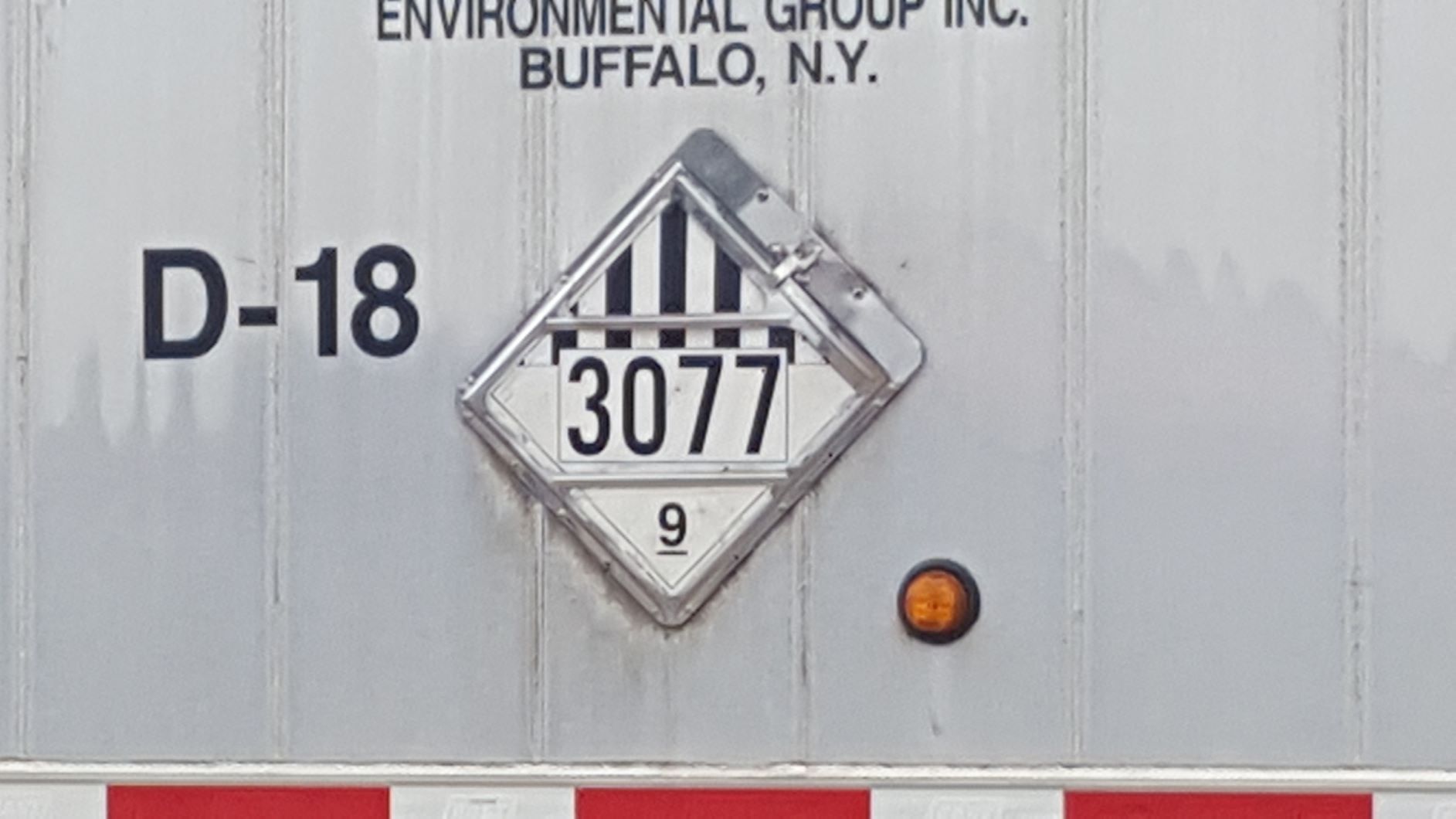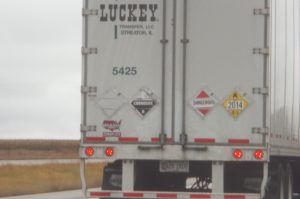Question1:
Good Afternoon Daniel,
Our company recently noticed some label changes on a product we use and sometimes ship to our customers. Recently, we’ve begun seeing a class 9 UN3077 label as well as a “marine pollutant” pictogram. I’m aware of the marine pollutant exception in 49CFR 171.4 (c) that states non bulk packages are unregulated unless offered for vessel transport (i.e. on land)
The product in question comes in 5 gallon pails, and weigh ~50 lbs. The product is defined as a “solid” by the manufacturer.
My question is, is the “non-bulk” receptacle weight of 882 lbs per “bucket” or gross weight of all buckets combined? Is there a limit of how many “non-bulk” containers we can ship without being regulated?
Hopefully this isn’t too confusing as I’m trying to make sense of this just to ask my questions.
Thanks,
Answer1:
Thank you for contacting me. You have the right idea. Please see below.
- For transportation on the ground in the U.S. a non-bulk packaging is not subject to regulation as a marine pollutant.
- The determination of a bulk or non-bulk packaging is based on the capacity of an individual packaging. It is not based on the gross weight of the package or the combined weight of the consignment.
So…
- A 5-gallon pail weighing 50 lb – and therefore a non-bulk packaging – can not be a marine pollutant when transported on the ground in the U.S. It does not matter if there is one 5-gallon pail or 500 of them on the truck.
- Read: What is a bulk packaging?
- Read: What is a marine pollutant?
I hope this helps. Please contact me with any other questions.
Contact me with any questions you may have about the transportation of hazardous materials by air, highway, vessel, or rail International and Domestic Daniels Training Services, Inc. 815.821.1550 |
Question2:
Thank you Daniel. Now that we have the marine pollutant question out of the way, I have another question. The product is also labeled as a UN3077 Class 9 hazmat. It is of my understanding that class 9 misc. hazmat is exempt from placarding, and all hazmat’s are exempt as long as you transport <1,001 lbs. The only requirements we’d have to comply with are marking the material correct? Would employees need hazmat training and would the shipment have to be shipped with a hazardous materials manifest?
Thank you,
Answer2:
You are partially correct. Please see below.
- You are correct that it is not required to display the Class 9 Miscellaneous placard on a vehicle when operated in the U.S. regardless of the quantity or packaging of the Class 9 Miscellaneous.
- You are not entirely correct that all HazMat is exempt from placarding below 1,001 lb.
- Some HazMat must be placarded regardless of amount or packaging if they are included in Placard Table 1 (e.g., Dangerous When Wet).
- Some HazMat must be placarded regardless of amount if in a bulk packaging (even one drop).
- However, for HazMat in Placard Table 2 (most of ’em) and in a non-bulk packaging, the display of placards is not required if the aggregate gross weight is less than 454 kg (1,001 lb).
- Though not required to display placards, all the remaining HazMat Regulations apply to the transportation of a Class 9 Miscellaneous (and any other HazMat that does not require the display of placards):
- Package marks & labels.
- HazMat shipping paper with emergency information.
- HazMat Employee training for all personnel involved in its transportation. Also, Driver Training for operators of motor vehicles.
I can provide HazMat Employee training including Driver Training.
Please contact me with any other questions.
Conclusion:
Questions about marine pollutants are common. This is, in part, due to the fact that the classification of a Marine Pollutant per the HMR differs from its classification in the dangerous goods regulations of IATA & IMO.
No matter your HazMat / dangerous good or the mode of transport, I can provide the training you need to comply with both domestic and international regulations.
Daniels Training Services, Inc. 815.821.1550 |
More Information:
- The Pipeline and Hazardous Materials Safety Administration within the U.S. Department of Transportation (USDOT/PHMSA) creates and enforces the Hazardous Materials Regulations (HMR) for the transportation of hazardous materials (HazMat) to, from, or through the U.S.
- The Dangerous Goods Regulations of the International Air Transport Association (IATA) are produced in consultation with the International Civil Aviation Organization (ICAO) and are the guide recognized by the world’s commercial airlines for the transportation of dangerous goods by air.
- The International Maritime Organization (IMO) is the source of the Dangerous Goods Code for the international transportation of dangerous goods by vessel.

